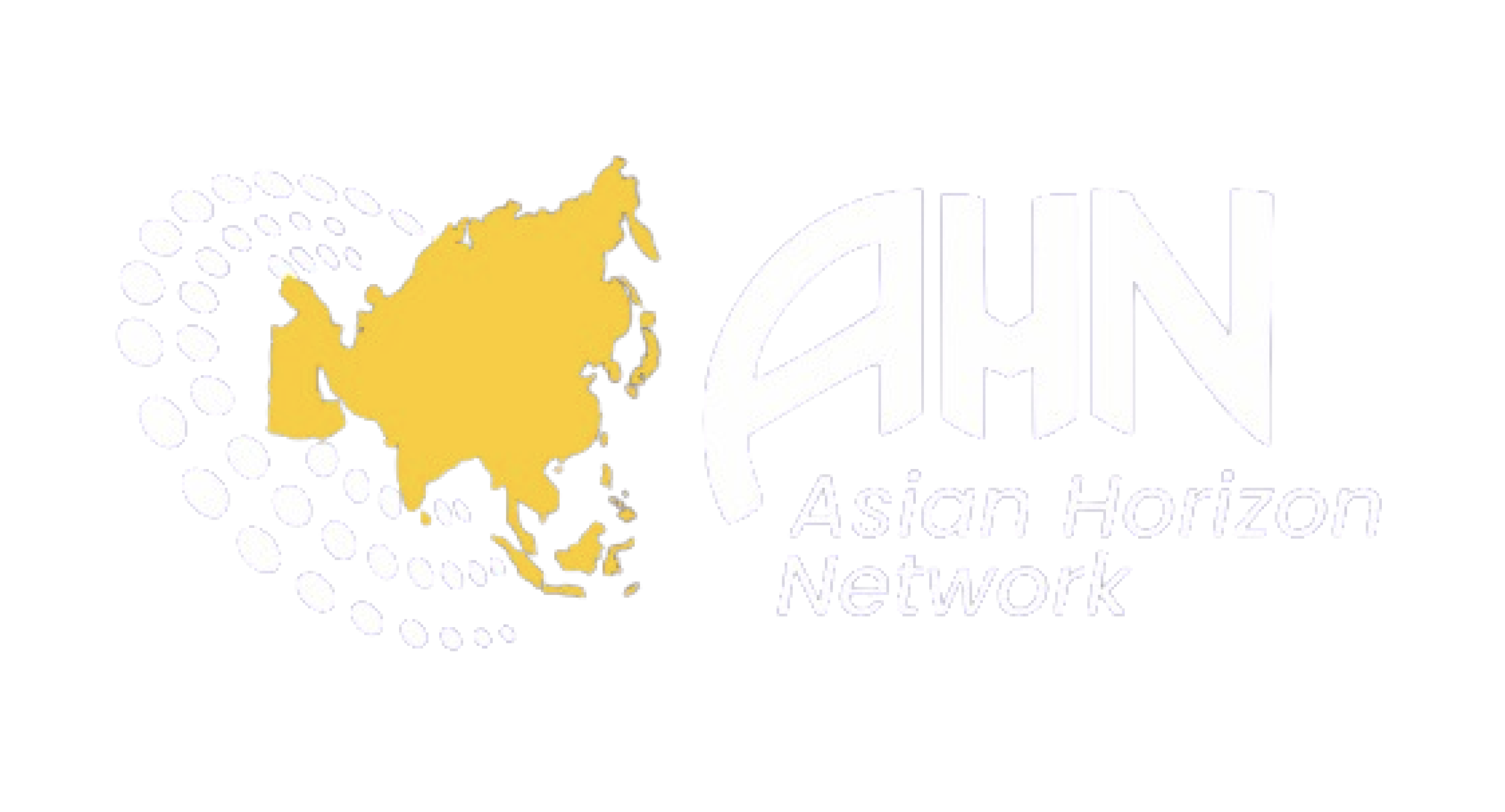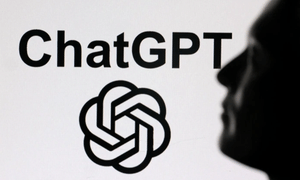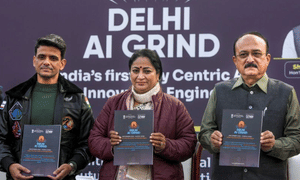




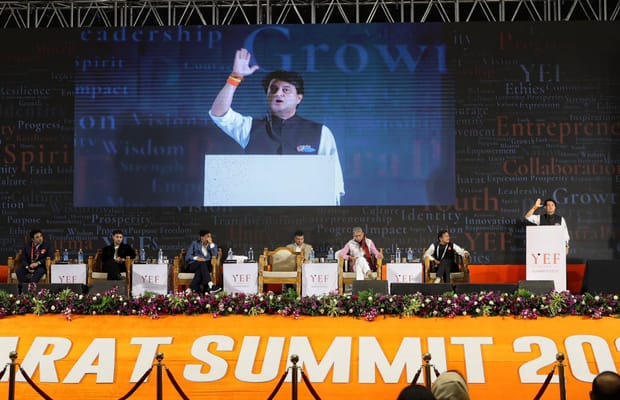




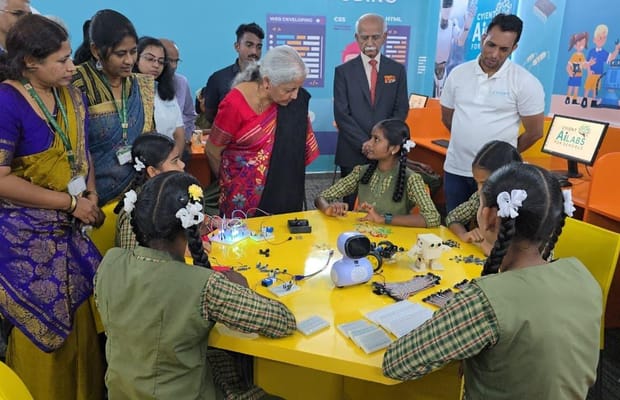
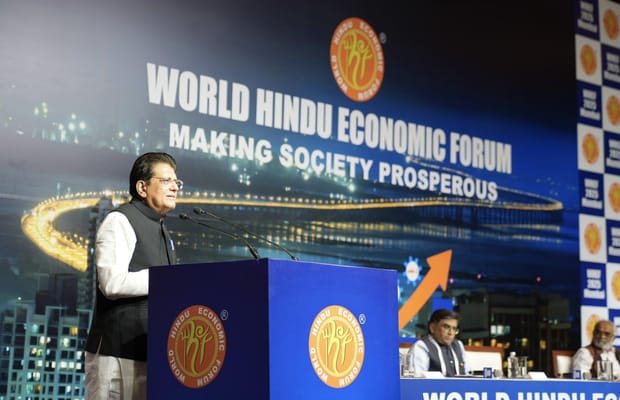
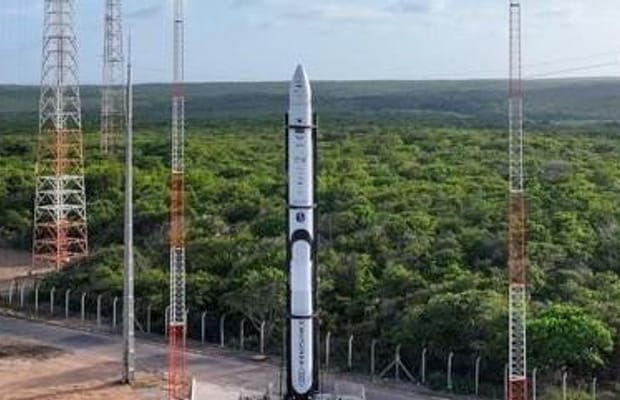
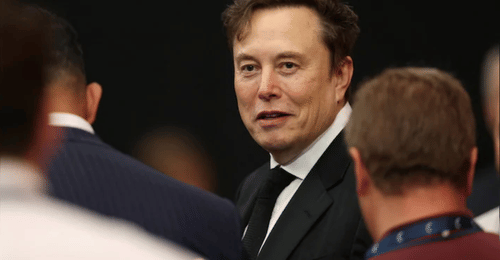












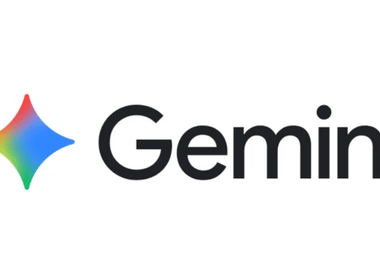


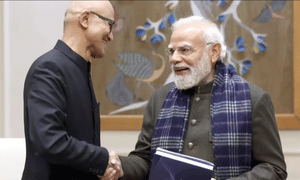

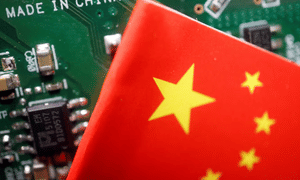
In a high-security laboratory in Shenzhen, Chinese scientists have achieved what the United States has long tried to prevent: a working prototype of a machine capable of producing advanced semiconductor chips—the same chips that power artificial intelligence, smartphones, and weapons crucial to Western military dominance, according to Reuters. Completed in early 2025, the prototype is now undergoing testing and occupies nearly an entire factory floor. It was developed by a team of former engineers from Dutch semiconductor company ASML, who reverse-engineered the company’s extreme ultraviolet lithography (EUV) machines, sources familiar with the project said.
EUV machines, which use beams of extreme ultraviolet light to etch circuits thousands of times thinner than a human hair onto silicon wafers, are at the heart of a technological Cold War. Only a handful of Western companies currently produce them. While China’s machine can generate extreme ultraviolet light, it has not yet produced fully functional chips. ASML’s CEO Christophe Fouquet previously stated that China would need “many, many years” to master such technology, yet the existence of this prototype suggests China may be closer to semiconductor independence than experts had expected. Despite this progress, significant technical hurdles remain, particularly in replicating the precise optical systems manufactured by Western suppliers.
China’s prototype was made possible in part by acquiring components from older ASML machines through secondary markets. Government officials reportedly aim to produce working chips using the prototype by 2028, though insiders suggest a more realistic target is 2030. The achievement marks the culmination of a six-year government initiative to achieve semiconductor self-sufficiency, a top priority of President Xi Jinping. While China’s semiconductor ambitions have been public, the Shenzhen EUV project has been shrouded in secrecy, overseen by Ding Xuexiang, a close confidant of Xi who leads the Communist Party’s Central Science and Technology Commission. Huawei plays a central role, coordinating a network of companies and state research institutes involving thousands of engineers, and has been described by sources as China’s version of the Manhattan Project.
The project recruited former ASML engineers, some working under aliases with false identification, as their expertise was essential to reverse-engineering the complex EUV technology. Despite non-disclosure agreements, enforcing intellectual property protections internationally has been difficult, and Dutch intelligence has warned that China has used extensive espionage programs to acquire advanced technological knowledge from the West.
China’s prototype is larger than ASML’s commercial machines to increase power, and it still lags behind in optical precision, partly due to difficulty replicating components from suppliers such as Germany’s Carl Zeiss. Research institutes, including the Changchun Institute of Optics, Fine Mechanics, and Physics, have contributed breakthroughs that made the prototype operational in early 2025, though further refinement is needed. Parts are sourced from older machines and secondhand markets, including components from Nikon and Canon, and a team of young engineers works on reverse-engineering and reassembling components under close supervision.
Huawei remains deeply involved throughout the supply chain, from design to final integration into products like smartphones. Employees on the project often live on-site with restricted communications, and teams are isolated to maintain confidentiality. While China has yet to produce fully functioning chips on this prototype, the effort represents a significant step toward achieving domestic semiconductor independence and reducing reliance on Western technology.
Disclaimer: This image is taken from Reuters.
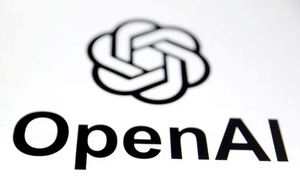
OpenAI unveiled its GPT-5.2 AI model, following an internal “code red” reportedly issued by CEO Sam Altman in early December, which paused non-essential projects and redirected teams to speed up development in response to Google’s Gemini 3. According to the company, GPT-5.2 features enhancements in general intelligence, coding capabilities, and long-context comprehension. The model is expected to provide greater practical value for users, improving tasks like creating spreadsheets, designing presentations, and managing complex multi-step projects.
Google launched the latest version of its Gemini in November, showcasing Gemini 3’s strong performance across several widely recognized AI benchmarks. “Gemini 3 has had less of an impact on our metrics than we feared,” Altman told CNBC on Thursday, alongside Disney CEO Bob Iger. Google has not yet commented to Reuters.
Disney announced it is investing $1 billion in OpenAI and will allow the company to incorporate Star Wars, Pixar, and Marvel characters into its Sora AI video generator. OpenAI, which is backed by Microsoft, stated it has no plans to retire GPT‑5.1, GPT‑5, or GPT‑4.1 from its API. GPT-5.2 Instant, Thinking, and Pro versions will begin rolling out in ChatGPT on Thursday, starting with paid subscriptions.
Disclaimer: This image is taken from Reuters.

YouTube has announced that its live TV service will move away from the traditional all-in-one bundle. Beginning in early 2026, the platform plans to offer over 10 genre-based channel packs, allowing subscribers to pay only for the categories they actually watch. This marks the first time YouTube TV will break its cable-style bundle, signaling a shift toward a more a-la-carte streaming model. Currently, the service is not available in India.
A YouTube press release revealed that one of the primary packs will focus on sports, featuring content from major broadcasters and networks such as FS1, NBC Sports, the full ESPN lineup, and the upcoming ESPN Unlimited service. Subscribers will still have the option to add premium extras like NFL Sunday Ticket or RedZone, similar to current add-ons. Key features such as unlimited DVR, multiview, key plays, and fantasy tracking will remain available across all packs.
While the complete list of packs has not been disclosed, TechCrunch reports that bundles focused on news, family, and entertainment are also in development. Overall, YouTube TV appears to be moving toward a flexible streaming model where users can mix and match content bundles rather than subscribing to a full cable-style package.
YouTube is also enhancing its A/B testing tool, allowing creators to test up to three different titles, thumbnails, or a combination of both on long-form videos—an improvement from earlier tests that were limited to thumbnails. Each variant is shown to different viewers for up to two weeks, after which YouTube automatically selects the version with the highest watch time, though creators can override the choice.
Test outcomes are labeled as “Winner,” “Performed Same,” or may default to the first version if no clear result emerges. YouTube notes that tests can fail if the variations are too similar or the video receives insufficient impressions. The platform advises using distinct designs to achieve meaningful results and emphasizes watch time over click-through rate to ensure that titles and thumbnails accurately reflect the content and promote genuine engagement.
Disclaimer: This image is taken from YouTube TV.
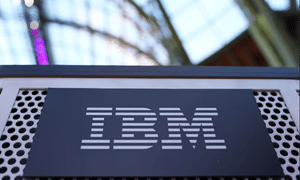
IBM is reportedly in advanced discussions to acquire data infrastructure company Confluent for around $11 billion, according to the Wall Street Journal. The move aims to strengthen IBM’s position in the growing cloud services market. Confluent, an open-source platform that handles large-scale real-time data—from bank transactions to website clicks—could see the deal announced as soon as Monday, the WSJ said, citing unnamed sources. Reuters could not immediately confirm the report, and neither company responded to requests for comment outside business hours.
In October, Reuters reported that Confluent was exploring a sale and had engaged an investment bank to manage interest from potential buyers. Confluent’s market capitalization is roughly $8.09 billion, while IBM, based in New York, is valued at about $287.84 billion. Investor caution has risen after IBM reported slower growth in its core cloud software business in October, raising concerns about sustaining momentum. Analysts noted that stronger software performance will be essential for IBM to maintain overall growth.
Acquisitions remain a central part of IBM’s strategy to meet investor expectations. Last year, IBM acquired HashiCorp for $6.4 billion, expanding its cloud offerings to meet rising AI-driven demand. Under CEO Arvind Krishna, the company has emphasized software and cloud services to capitalize on growing corporate cloud spending.
IBM’s interest in Confluent reflects the increasing demand for data infrastructure, driven in part by the race to develop generative AI. In May, Salesforce acquired software maker Informatica for about $8 billion to boost its AI capabilities. Confluent’s shares, based in Mountain View, California, closed at $23.14 on Friday, down slightly.
Disclaimer: This image is taken from Reuters.


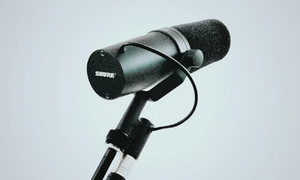
In Made in SG, Melanie Oliveiro interviews Singaporeans working in the artificial intelligence space to explore how they are shaping and mentoring the next generation of AI-driven content creators. Jayce Tham, co-founder of media agency CreativesAtWork and generative AI content studio Dear.AI, shares how professionals in Singapore can use generative AI to enhance storytelling, content marketing, and production processes. Filmmaker, influencer, and Dear.AI Creative Director Jaze Phua discusses how AI fuels creative expression, enabling content creators to blend humour, narrative, and pop culture to produce highly shareable, viral content.
Disclaimer: This Podcast is taken from CNA.

During the daily market analysis segment on Open For Business, hosts Andrea Heng and Genevieve Woo engage in a detailed discussion with Mel Siew, who serves as the Portfolio Manager for Asia Public Credit at Muzinich & Co., covering insights, trends, and key developments impacting financial markets across the region.
Disclaimer: This Podcast is taken from CNA.

Authorities are alerting the public to a new scam that uses fake digital identity cards. Could our tendency to casually share NRIC or passport scans via messages or email be making it easier for scammers? Daniel Martin discusses this with Matthias Yeo, CEO of CyberXCenter, a company dedicated to strengthening cybersecurity in Singapore.
Disclaimer: This Podcast is taken from CNA.

OpenAI, the artificial intelligence company, is reportedly gearing up for an initial public offering (IPO) that could value it at as much as US$1 trillion, potentially ranking among the largest in history. The firm is expected to file with regulators by the second half of 2026, with a possible market debut in 2027. Hairianto Diman and Syahida Othman explore whether this trillion-dollar valuation is rooted in real fundamentals or driven by the growing hype surrounding AI’s future, alongside insights from Kyle Rodda, Senior Financial Market Analyst at Capital.com.
Disclaimer: This Podcast is taken from CNA.
